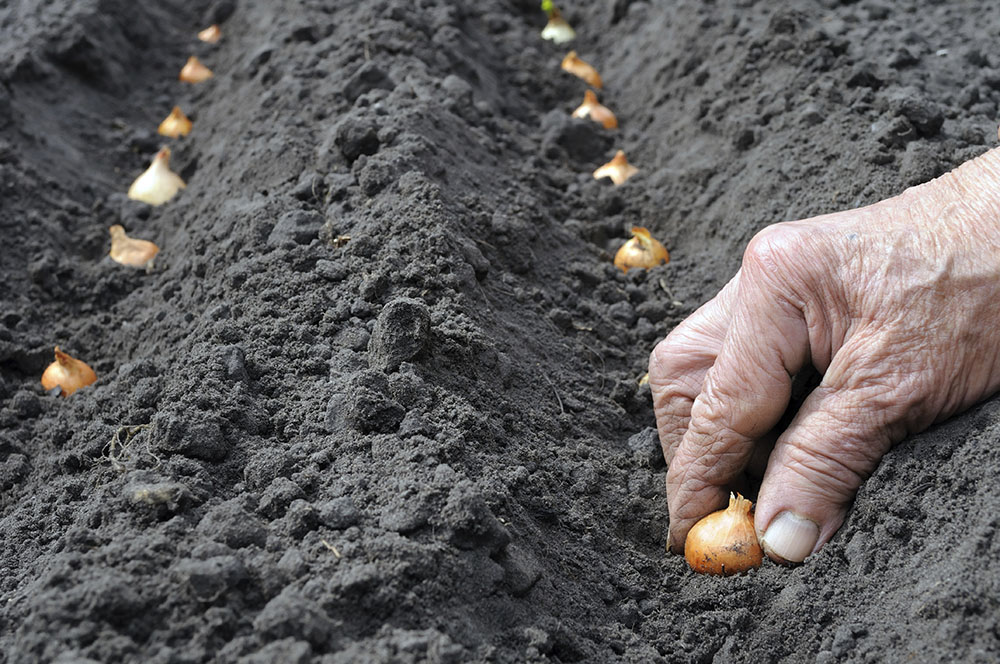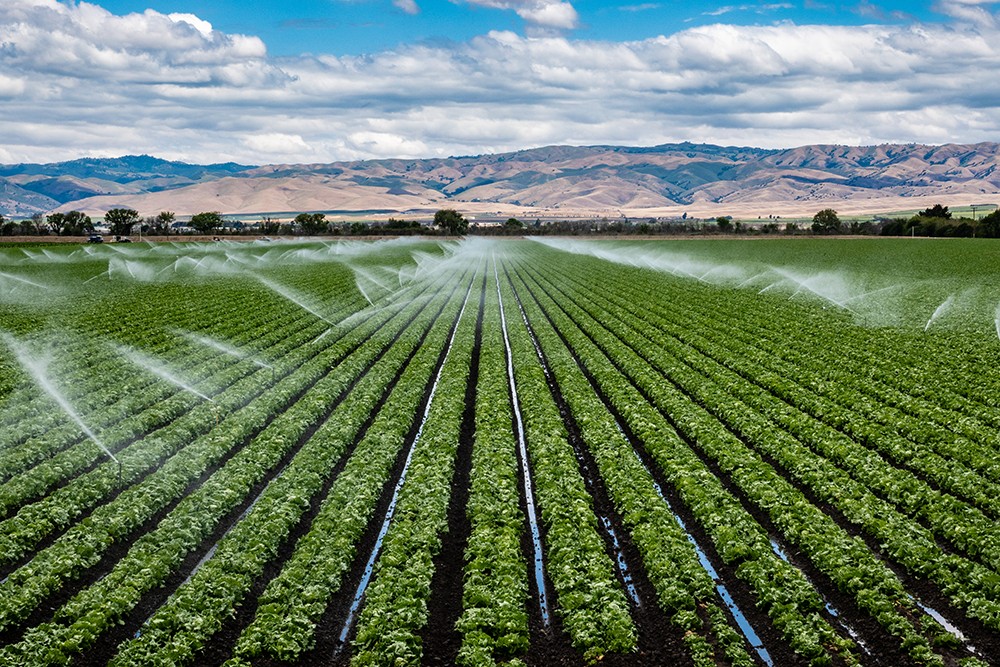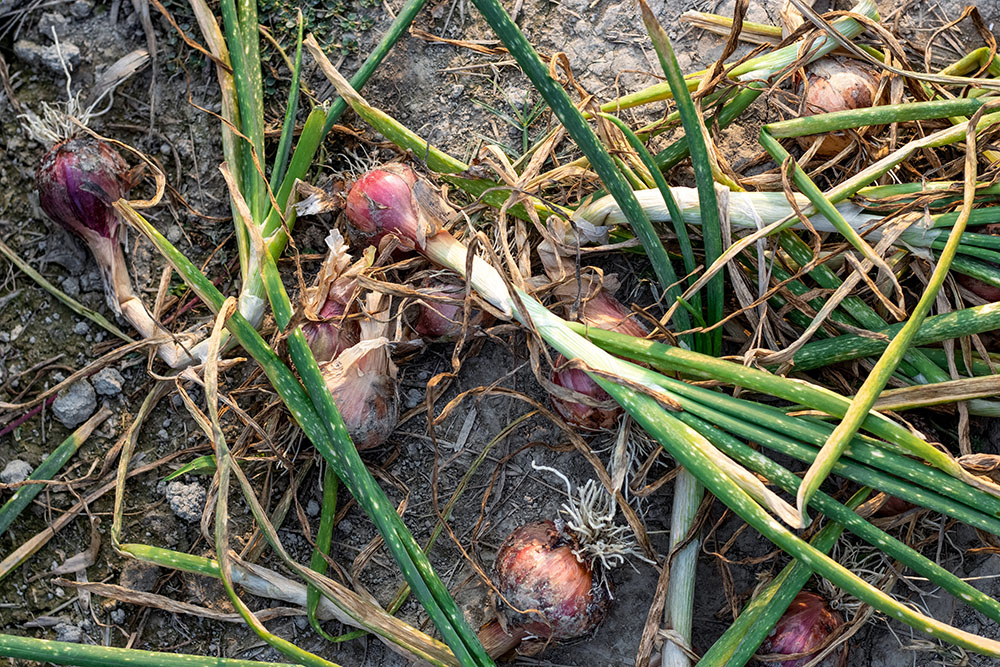Each year, 2.5 billion tonnes of food are wasted across food service, grocery retail, and our own kitchens. A lesser known, and often not as well measured, part of the issue happens on farms due to drivers and decisions made throughout the whole supply chain. In fact, new research out of WWF-UK shows that as much as 1.2B tons (roughly 15% of all food produced) is lost on farms during, around, and after harvest. Given the overwhelming majority of food system impacts—from greenhouse gas emissions, to freshwater usage and biodiversity loss—are happening at the farm level, reducing on-farm losses is a glaring opportunity to help reduce the environmental footprint of food.
For the last several years, through WWF-US’s No Food Left Behind initiative, we have been working closely with specialty crop farmers and other supply chain partners to measure and examine what drives on-farm loss. The reality is that loss is not measured or tracked consistently on most farms, which makes it challenging to understand why it’s happening or manage the issue. Current reports and research (especially at a global level) are primarily based on estimates and scaled to sizes that often fail to reflect a specific crop or geography. Finally, there’s a complex web of factors that drive on-farm loss (market structures that separate farmers from buyers, retail specifications, labor shortages, unpredictability of weather events, political conflict, market and trade dynamics, and inflexible, short-term contracts), which is why we’ve emphasized the need for these efforts to be carried out jointly between growers and buyers.
More attention has been drawn to food loss on farms, especially in the wake of supply chain disruptions such as the COVID-19 pandemic and Russia’s invasion of Ukraine, which have caused millions to struggle to afford healthy produce. On-farm food loss reduction can be viewed as a solution that achieves multiple objectives: mitigating Scope 3 emissions, reducing natural resource use and land conversion pressures, improving food security and access to nutritious foods, and improved economic productivity via new market channels for surplus (such as upcycling, secondary markets, and value-added processing).
As a result, retailers and food brands are increasingly looking to collaborate with suppliers to reduce the amount of food lost or wasted across their supply chains (via initiatives like 10x20x30 and The Consumer Goods Forum’s Coalition of Action on Food Waste). However, the critical data on the amount of food lost and at what point on farms which is needed to develop effective solutions is too often lacking—weakening our ability to develop more efficient and resilient global food supply chains.
To address this gap and support measurement efforts, WWF (along with WRAP, WRI, and others) has developed and begun beta testing a new Global Farm Loss Tool (GFLT) to standardize on-farm loss measurement and progress tracking. The GFLT is an online tool, offering an easy-to-use sampling method for growers to estimate the amount left in the field unharvested (as opposed to visual estimations). GFLT aims to become a comprehensive data collection tool for horticultural and row crops from field to farm-gate, and to help to fill the gap in global and supply chain agricultural loss data to uncover loss hotspots and opportunities to move more nutritious food off of farms and to people—and work to support growers’ bottom line in the process by helping them harvest more of what they grow. Additionally, to bolster existing FLW efforts, the GFLT is being developed to integrate and support participants of WRI’s 10×20,000×30 initiative, as well as the Food Loss Index, and other global initiatives.
To validate GFLT’s ability to support global suppliers to collect on-farm loss data at a global scale, WWF partnered with The Consumer Goods Forum’s (CGF) Food Waste Coalition of Action (FWCoA) to implement a series of trainings, technical assistance and workshops to learn about collecting data in-field and other on-farm stages and initiate the usage of a beta version of the tool. Over the past nine months, WWF has had the pleasure of working directly with suppliers who have gone out into the field to use the tool and collect raw data on farm-level food loss. During this trial period, WWF along with consultants Kai Robertson and Anthesis have made critical changes for a more streamlined and approachable tool that is slated to go live in April, 2024.
This will be the first part of a three part blog series from WWF and the CGF that will detail the inner functions of the GFLT, why collecting this on-farm data matters, and concrete examples of the solutions that on-farm food loss data can unlock in the supply chain to reduce loss and reduce the footprint of our food system.



